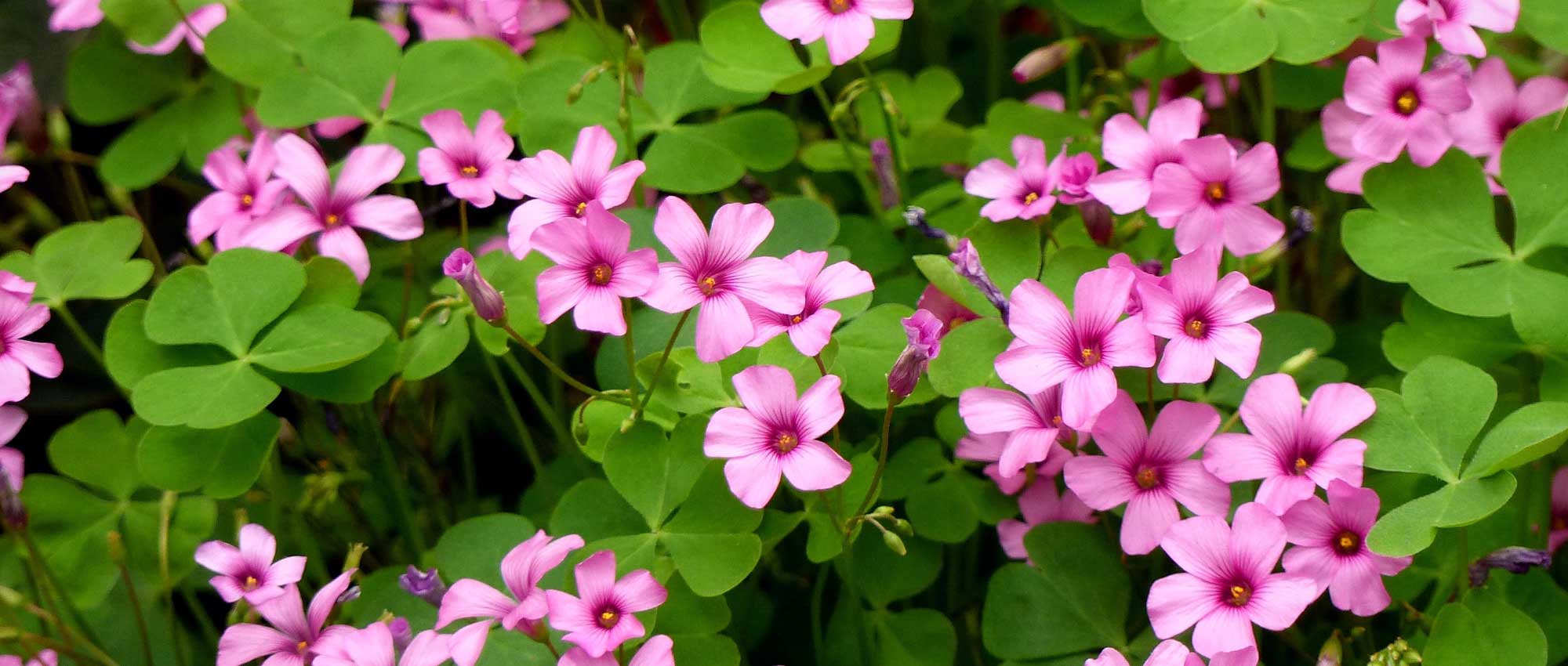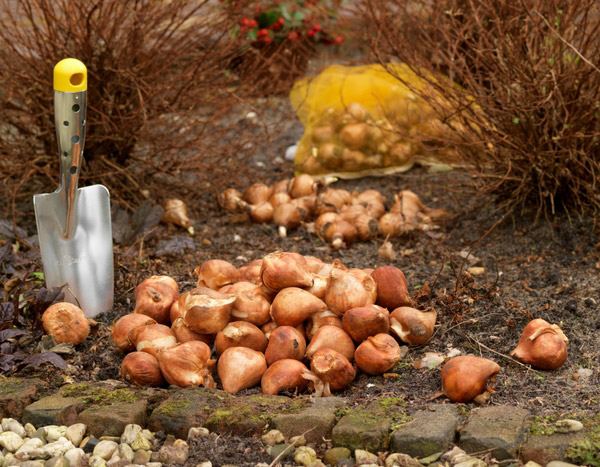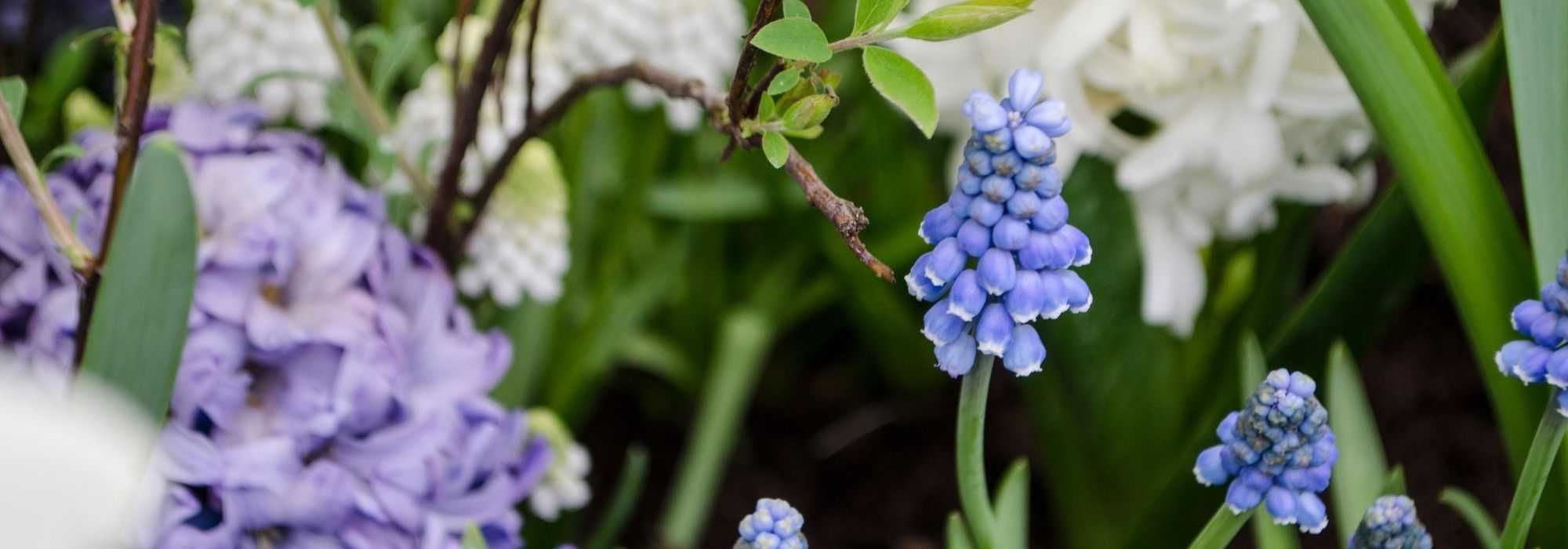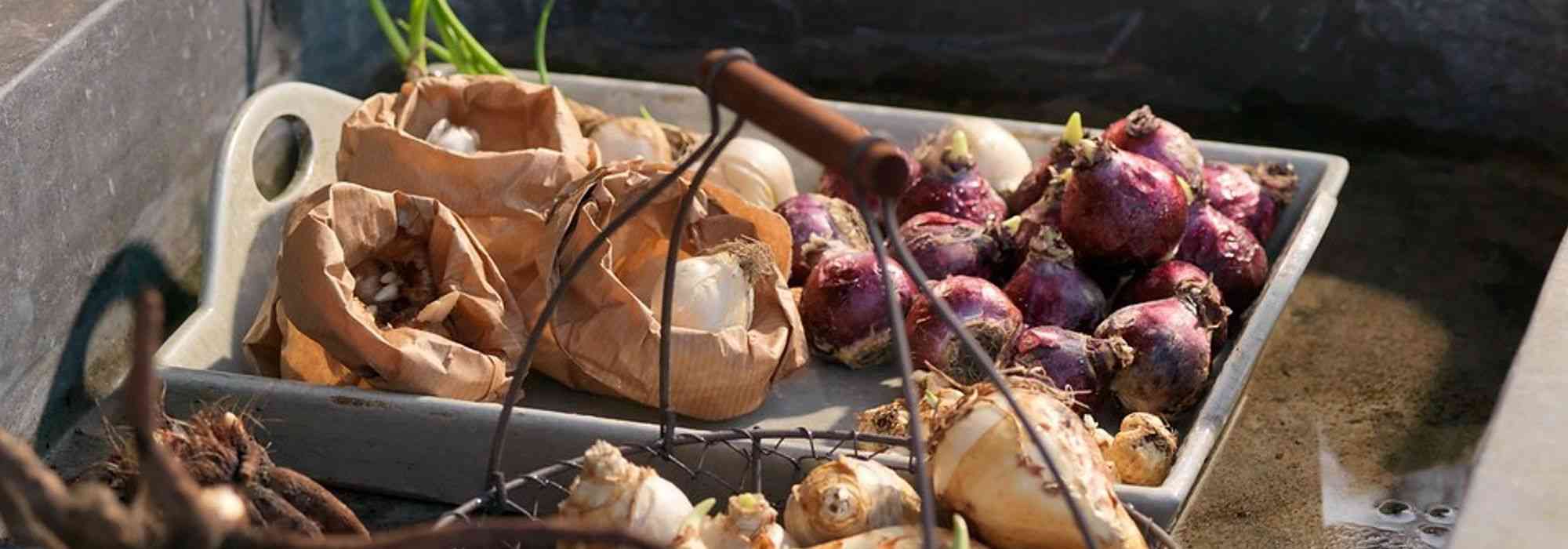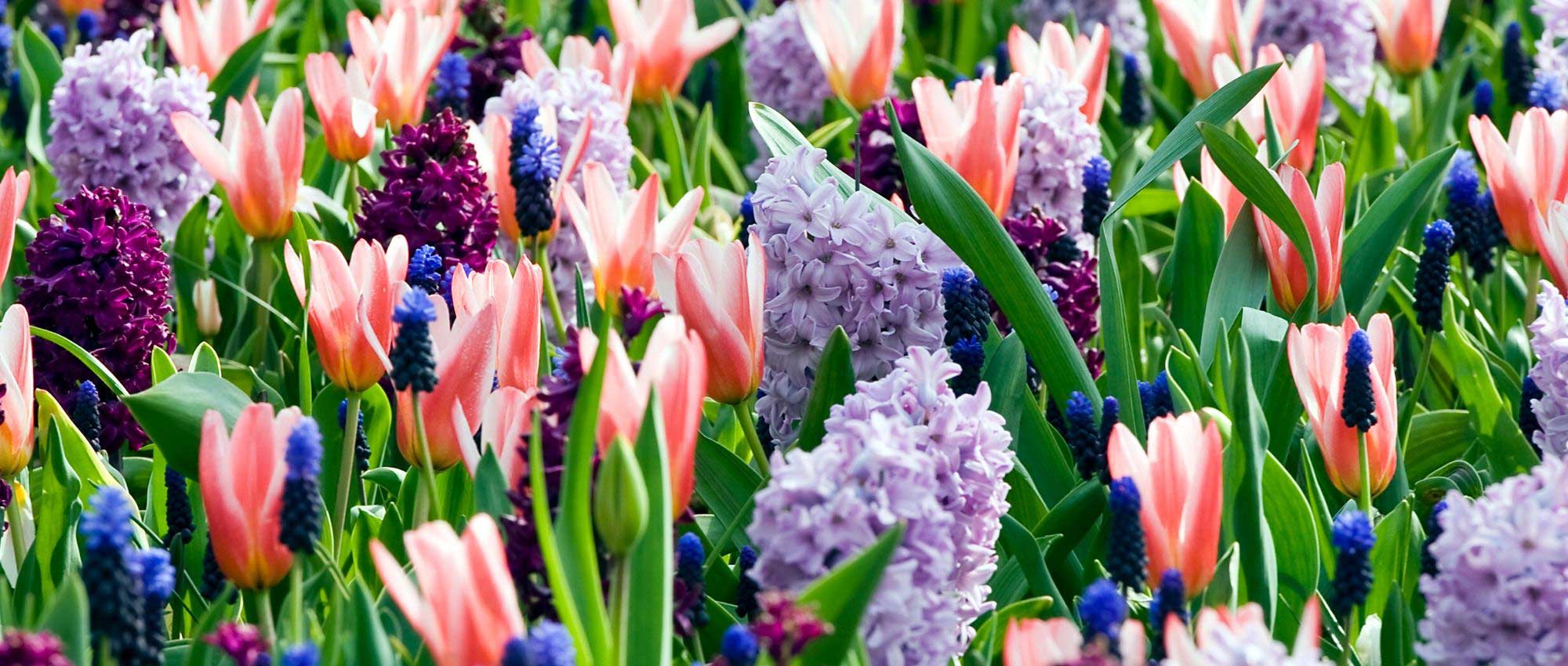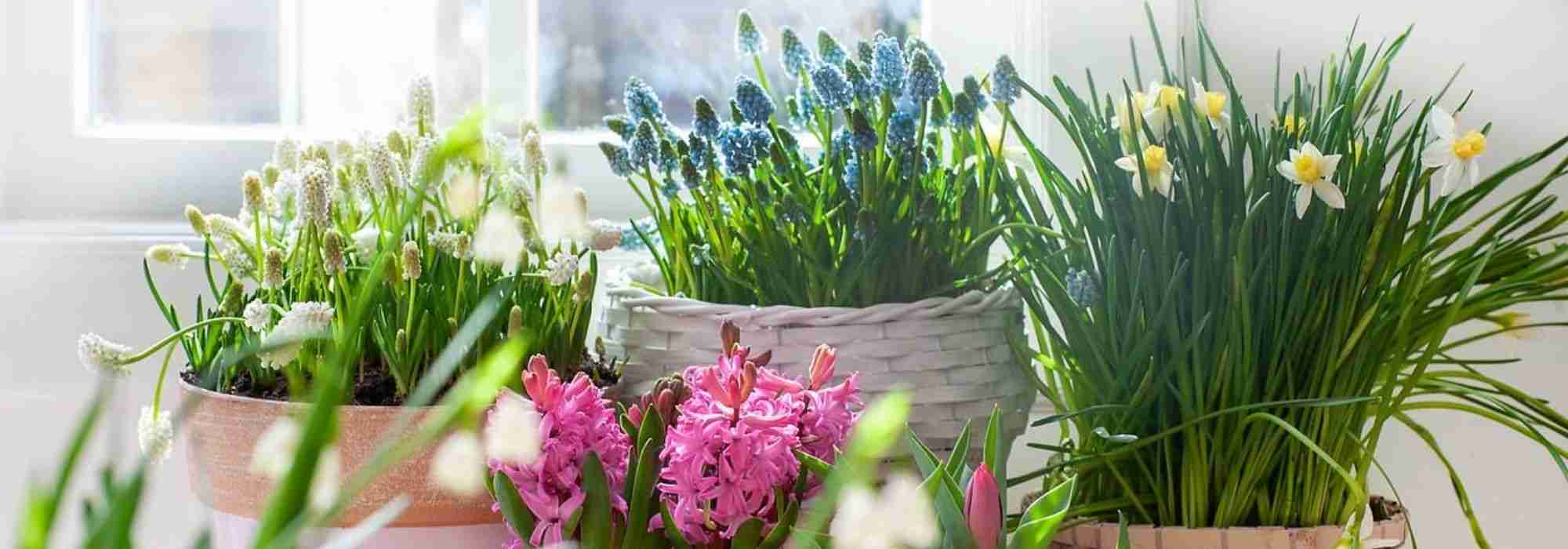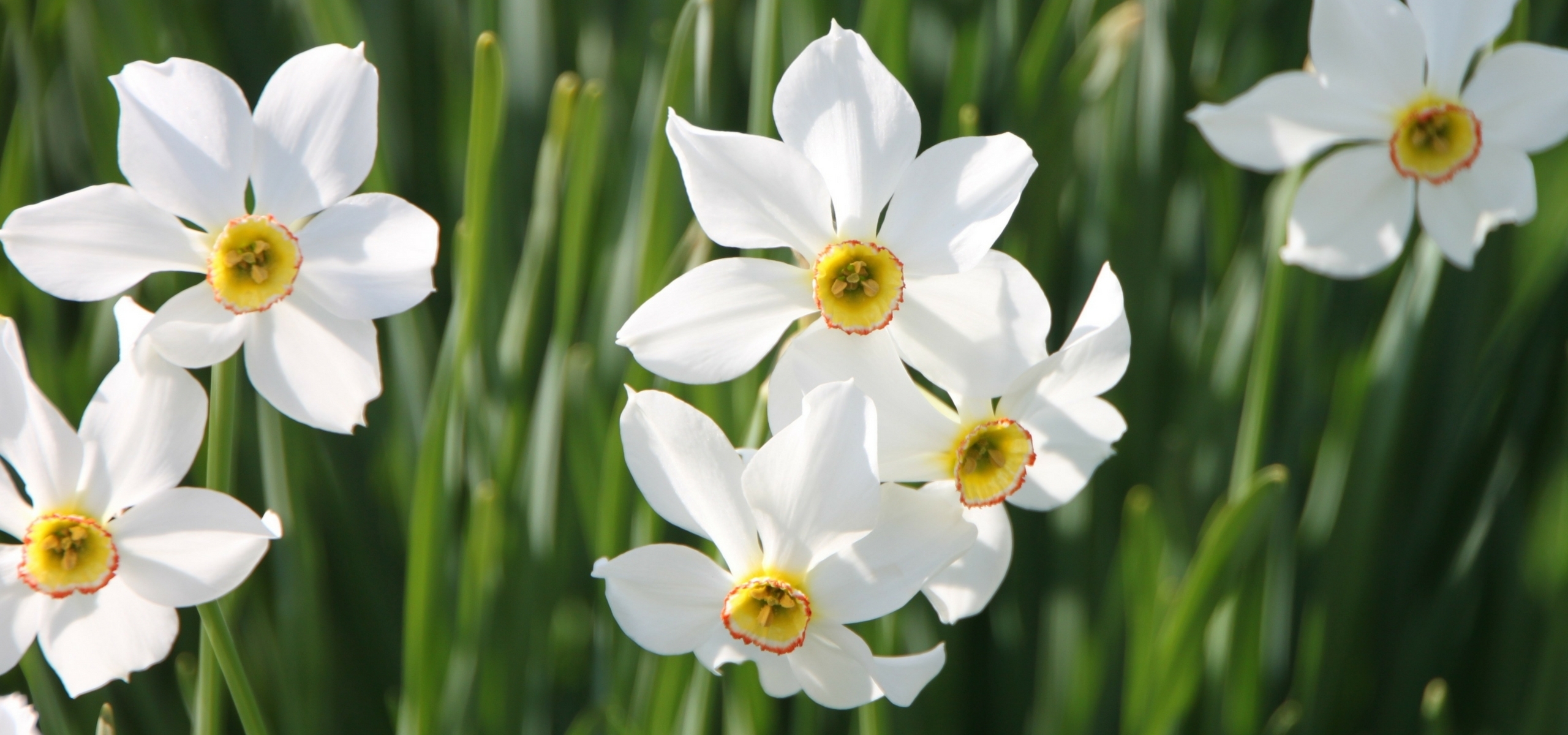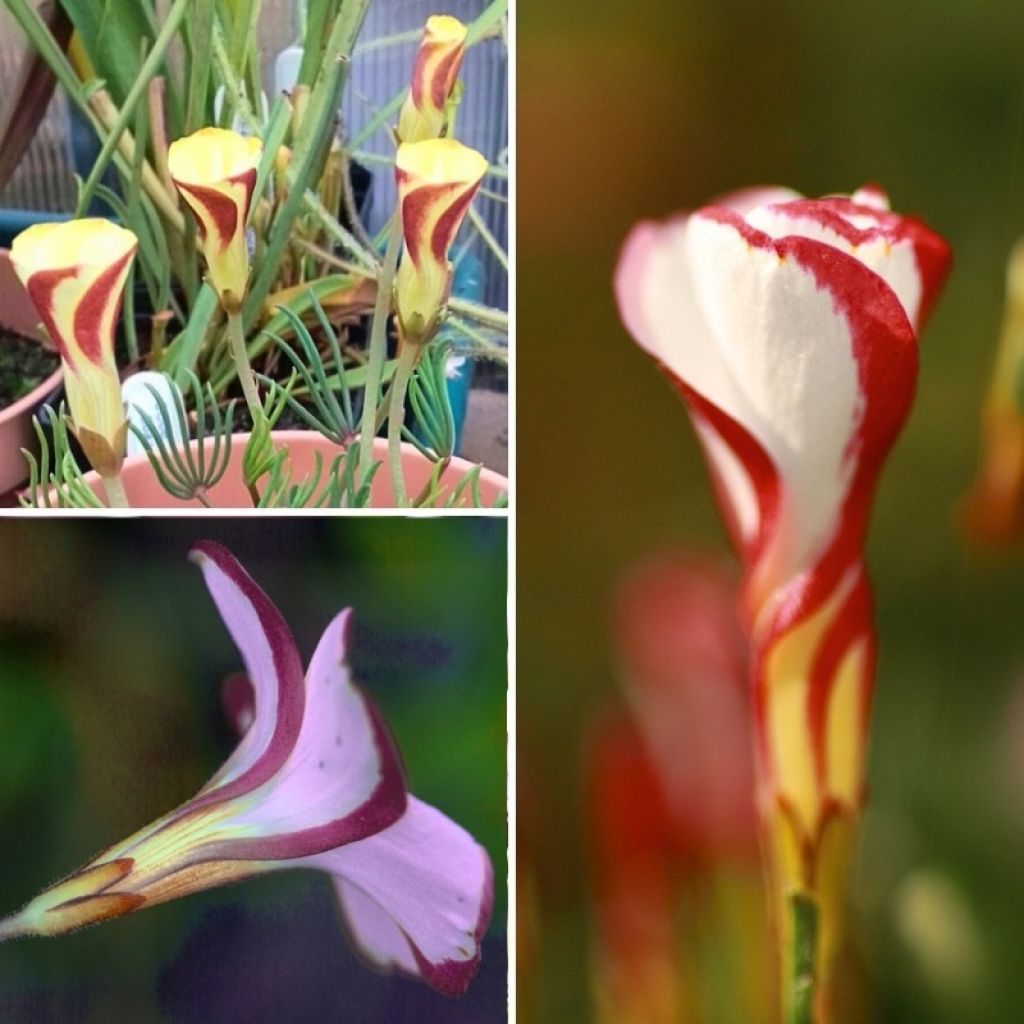

Oxalis collection for home - Spring oxalis
Oxalis collection for home - Spring oxalis
Oxalis versicolor sp., Autumn Pink, Golden Cape
Special offer!
Receive a €20 voucher for any order over €90 (excluding delivery costs, credit notes, and plastic-free options)!
1- Add your favorite plants to your cart.
2- Once you have reached €90, confirm your order (you can even choose the delivery date!).
3- As soon as your order is shipped, you will receive an email containing your voucher code, valid for 3 months (90 days).
Your voucher is unique and can only be used once, for any order with a minimum value of €20, excluding delivery costs.
Can be combined with other current offers, non-divisible and non-refundable.
This plant carries a 6 months recovery warranty
More information
We guarantee the quality of our plants for a full growing cycle, and will replace at our expense any plant that fails to recover under normal climatic and planting conditions.
Would this plant suit my garden?
Set up your Plantfit profile →
Collection items (23 plants)
Description
We offer you a collection of Oxalis for the house, an exquisite assortment of Oxalis versicolor and its varieties 'Autumn Pink' and 'Golden Cape', in the form of bulbs. These small plants, with their spiral bicoloured flowers and graceful clover-like foliage, transform your interior into a true spring spectacle during the winter months. The foliage, dark green and sometimes purple, usually falls off after flowering. These plants form small, compact clumps of about 20 cm, well suited for ornamental pots and small spaces. They tolerate temperatures down to -5°C, prefer well-drained soils, and should be kept dry during their dormancy period. They are less suitable for limestone soils, preferring a neutral to slightly acidic soil.
This collection includes a total of 23 bulbs, namely:
Oxalis versicolor, also known as Oxalis, is a small bulbous plant native to South Africa that has a reversed vegetative cycle: it flowers between November and March in our climates and goes dormant in summer. As it is not very hardy, it is best to cultivate it in a pot and bring it indoors when temperatures approach 0°C. It will brighten up your interior during the coldest months! This species multiplies spontaneously by producing bulbils, without being invasive like other oxalis. The foliage consists of finely trilobed, green leaves arranged in a palmate shape. The flowering usually takes place from October to March, with a peak from December to February. The corollas, like the foliage, open in the sun and close in the shade and at night. The plant is normally deciduous in summer.
The optimal planting season for the Oxalis collection bulbs is early spring or autumn. They prefer well-drained, slightly acidic to neutral soil, moist during the growth and flowering period, and dry during the dormancy period. They thrive in full sun. Plant the bulbs with a spacing of 10 to 15 cm between each, at a depth of 7/8 cm. Plant 30 to 40 bulbs per m² for a spectacular mass effect.
In favourable climates, in open ground, these Oxalis can be planted in rockeries or at the front of flower beds. Planting them in groups creates a striking visual effect. You can associate them with Ixias, Leucocorynes, or Triteleias, other small South African bulbs that appreciate the same growing conditions.
Cultivating them in pots with a moist substrate during flowering is not a problem. Their winter flowering brings a splash of colour and a breath of spring into the house, at a time of year when blooms are rare.
Plant habit
Flowering
Foliage
Botanical data
Oxalis
versicolor
sp., Autumn Pink, Golden Cape
Oxalidaceae
South Africa
Planting and care
Plant your Oxalis versicolor bulbs as soon as you receive them, at a depth of 8 cm, spaced 8/10 cm apart, in well-drained soil, kept moist throughout the growing season. In pots, they are extraordinary and produce more flowers each year. It is possible to grow them in the garden in regions without severe winter frosts. Don't hesitate to separate the bulblets from time to time to multiply your plantings.
Planting period
Intended location
Care
Planting & care advice
This item has not been reviewed yet - be the first to leave a review about it.
Haven't found what you were looking for?
Hardiness is the lowest winter temperature a plant can endure without suffering serious damage or even dying. However, hardiness is affected by location (a sheltered area, such as a patio), protection (winter cover) and soil type (hardiness is improved by well-drained soil).

Photo Sharing Terms & Conditions
In order to encourage gardeners to interact and share their experiences, Promesse de fleurs offers various media enabling content to be uploaded onto its Site - in particular via the ‘Photo sharing’ module.
The User agrees to refrain from:
- Posting any content that is illegal, prejudicial, insulting, racist, inciteful to hatred, revisionist, contrary to public decency, that infringes on privacy or on the privacy rights of third parties, in particular the publicity rights of persons and goods, intellectual property rights, or the right to privacy.
- Submitting content on behalf of a third party;
- Impersonate the identity of a third party and/or publish any personal information about a third party;
In general, the User undertakes to refrain from any unethical behaviour.
All Content (in particular text, comments, files, images, photos, videos, creative works, etc.), which may be subject to property or intellectual property rights, image or other private rights, shall remain the property of the User, subject to the limited rights granted by the terms of the licence granted by Promesse de fleurs as stated below. Users are at liberty to publish or not to publish such Content on the Site, notably via the ‘Photo Sharing’ facility, and accept that this Content shall be made public and freely accessible, notably on the Internet.
Users further acknowledge, undertake to have ,and guarantee that they hold all necessary rights and permissions to publish such material on the Site, in particular with regard to the legislation in force pertaining to any privacy, property, intellectual property, image, or contractual rights, or rights of any other nature. By publishing such Content on the Site, Users acknowledge accepting full liability as publishers of the Content within the meaning of the law, and grant Promesse de fleurs, free of charge, an inclusive, worldwide licence for the said Content for the entire duration of its publication, including all reproduction, representation, up/downloading, displaying, performing, transmission, and storage rights.
Users also grant permission for their name to be linked to the Content and accept that this link may not always be made available.
By engaging in posting material, Users consent to their Content becoming automatically accessible on the Internet, in particular on other sites and/or blogs and/or web pages of the Promesse de fleurs site, including in particular social pages and the Promesse de fleurs catalogue.
Users may secure the removal of entrusted content free of charge by issuing a simple request via our contact form.
The flowering period indicated on our website applies to countries and regions located in USDA zone 8 (France, the United Kingdom, Ireland, the Netherlands, etc.)
It will vary according to where you live:
- In zones 9 to 10 (Italy, Spain, Greece, etc.), flowering will occur about 2 to 4 weeks earlier.
- In zones 6 to 7 (Germany, Poland, Slovenia, and lower mountainous regions), flowering will be delayed by 2 to 3 weeks.
- In zone 5 (Central Europe, Scandinavia), blooming will be delayed by 3 to 5 weeks.
In temperate climates, pruning of spring-flowering shrubs (forsythia, spireas, etc.) should be done just after flowering.
Pruning of summer-flowering shrubs (Indian Lilac, Perovskia, etc.) can be done in winter or spring.
In cold regions as well as with frost-sensitive plants, avoid pruning too early when severe frosts may still occur.
The planting period indicated on our website applies to countries and regions located in USDA zone 8 (France, United Kingdom, Ireland, Netherlands).
It will vary according to where you live:
- In Mediterranean zones (Marseille, Madrid, Milan, etc.), autumn and winter are the best planting periods.
- In continental zones (Strasbourg, Munich, Vienna, etc.), delay planting by 2 to 3 weeks in spring and bring it forward by 2 to 4 weeks in autumn.
- In mountainous regions (the Alps, Pyrenees, Carpathians, etc.), it is best to plant in late spring (May-June) or late summer (August-September).
The harvesting period indicated on our website applies to countries and regions in USDA zone 8 (France, England, Ireland, the Netherlands).
In colder areas (Scandinavia, Poland, Austria...) fruit and vegetable harvests are likely to be delayed by 3-4 weeks.
In warmer areas (Italy, Spain, Greece, etc.), harvesting will probably take place earlier, depending on weather conditions.
The sowing periods indicated on our website apply to countries and regions within USDA Zone 8 (France, UK, Ireland, Netherlands).
In colder areas (Scandinavia, Poland, Austria...), delay any outdoor sowing by 3-4 weeks, or sow under glass.
In warmer climes (Italy, Spain, Greece, etc.), bring outdoor sowing forward by a few weeks.

































